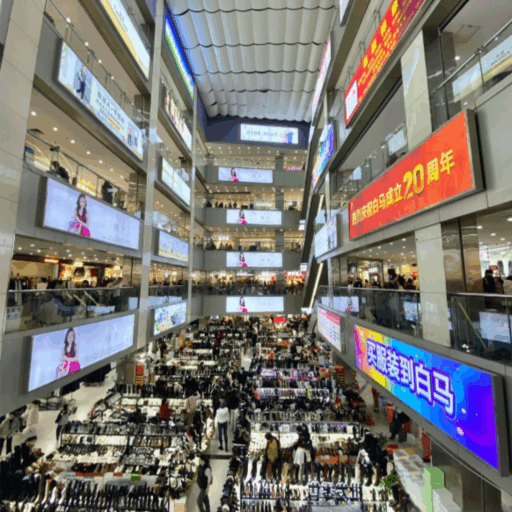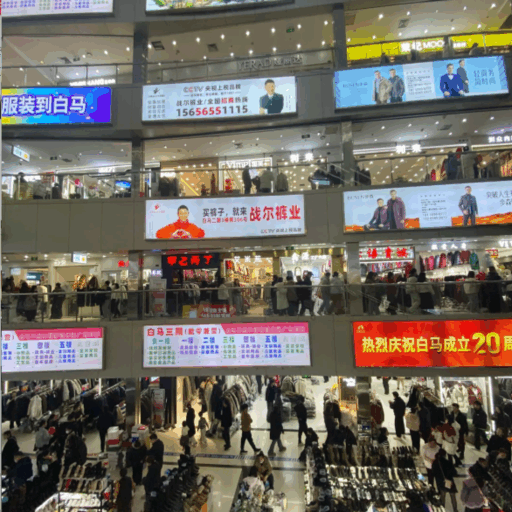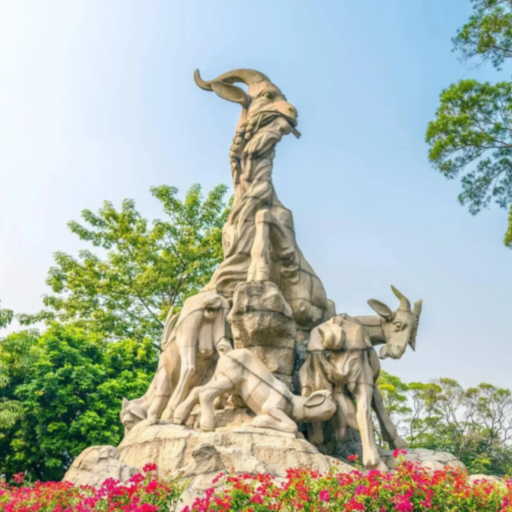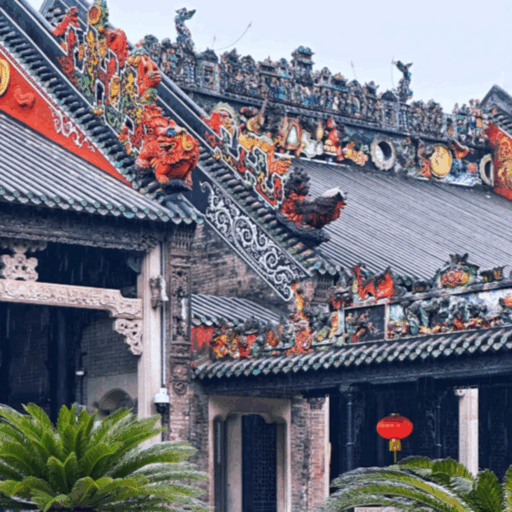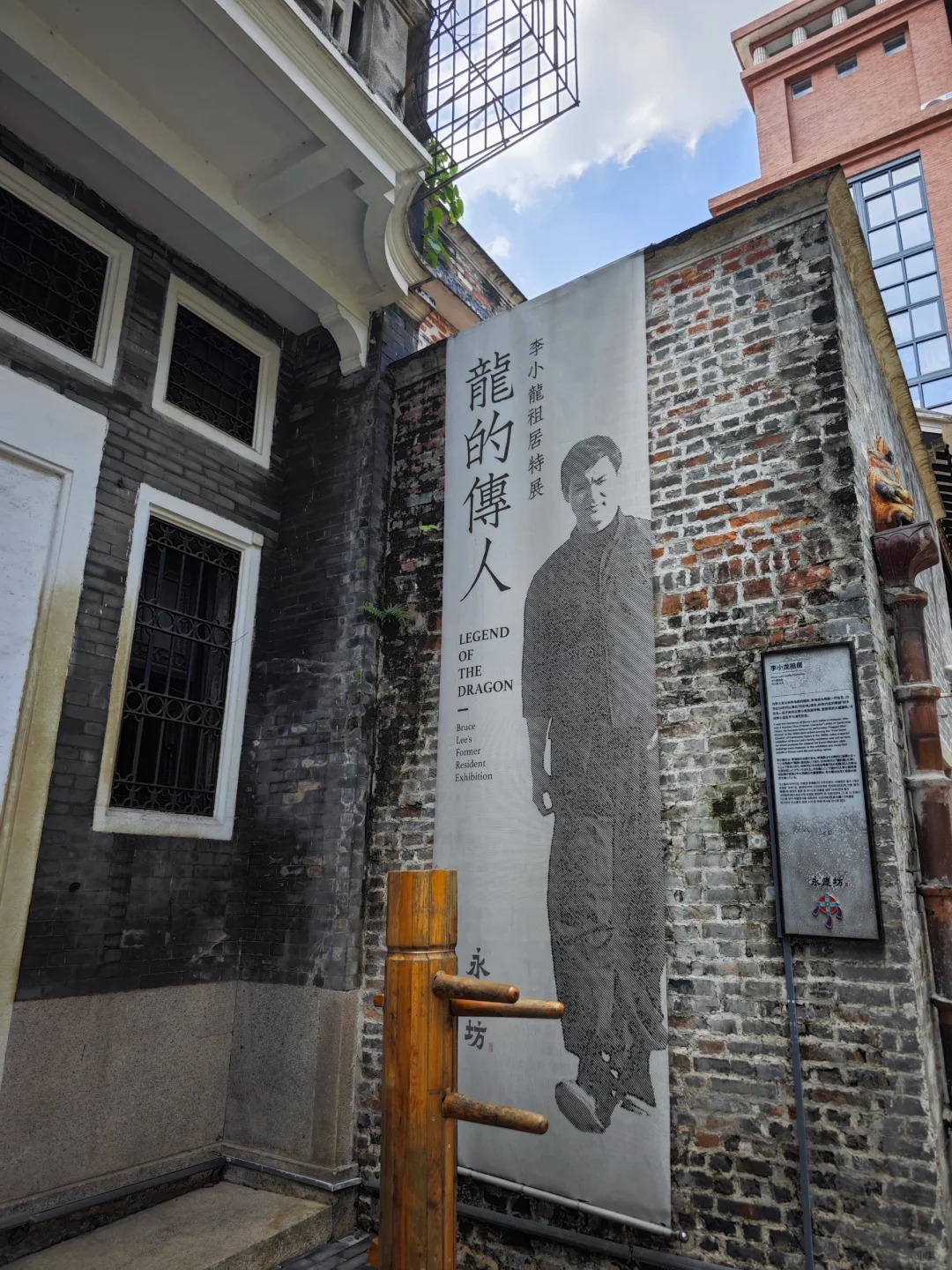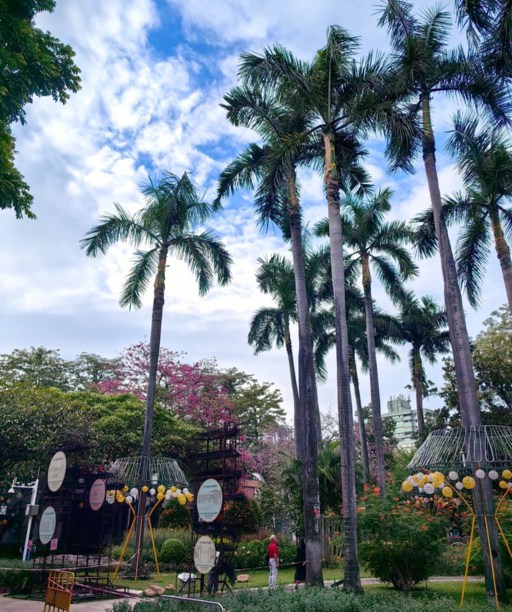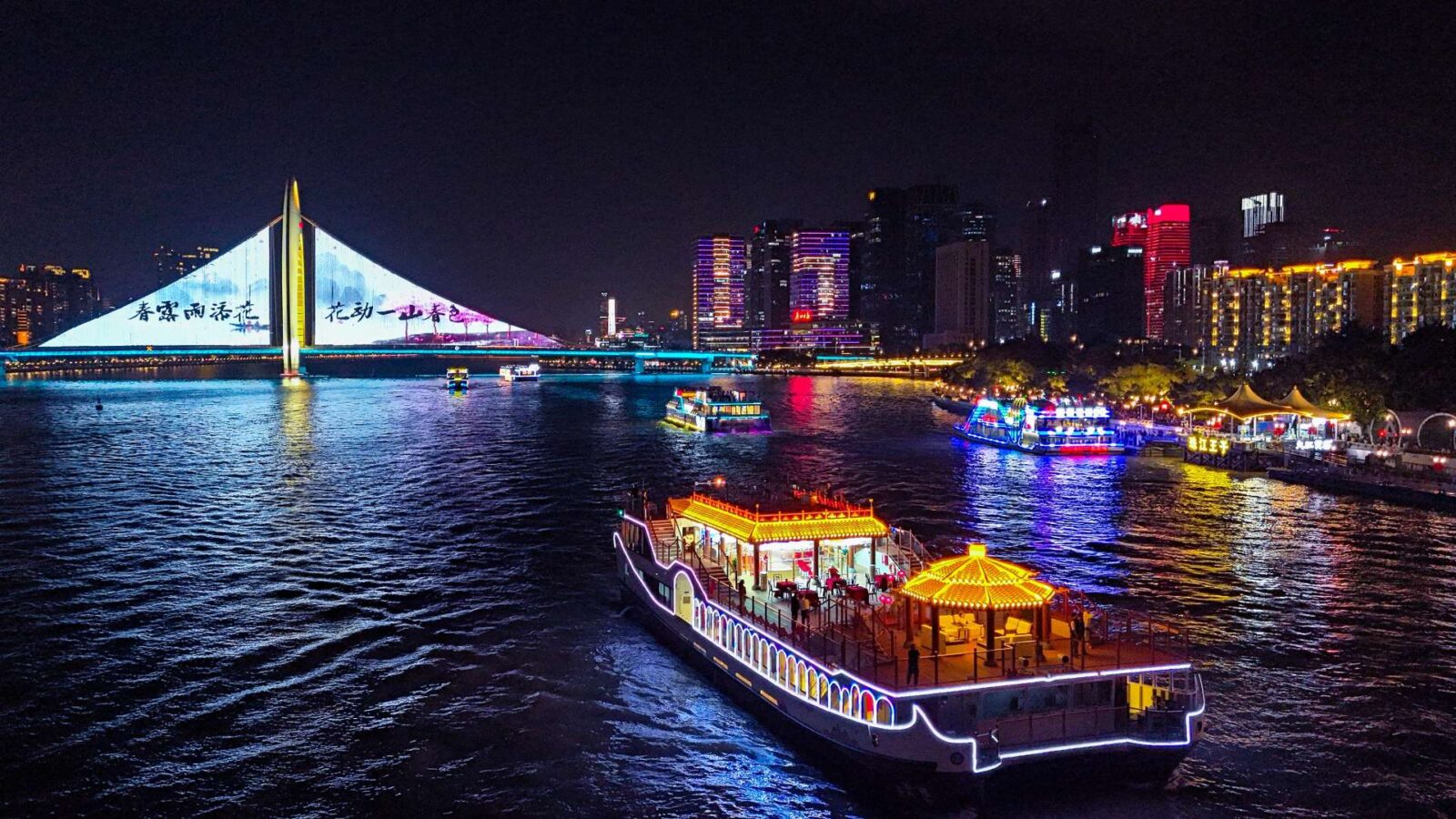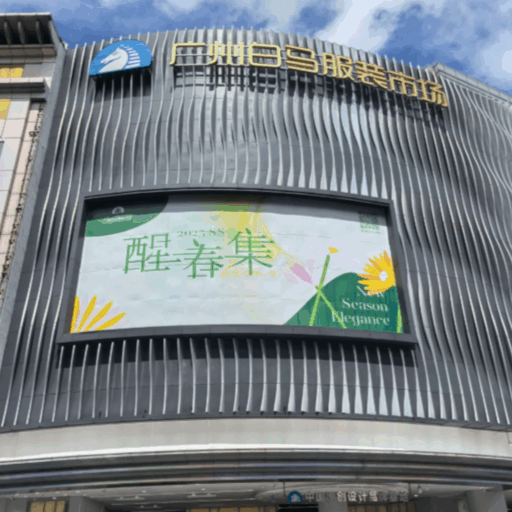
Outside of Guangzhou Baima Costume Market
In case you want to purchase wholesale clothes in Guangzhou, the best choice is undoubtedly the Guangzhou Baima Costume Market. Since opening in 1993, Baima has become one of the most recognized Guangzhou clothing markets. It attracts buyers with high-quality clothes, fashionable designs, and cooperative partners who make business easy. The market sits conveniently across Guangzhou Railway Station and houses more than 2,000 stores. Today, Baima remains a must-visit shopping destination for both locals and foreigners seeking clothes under wholesale Guangzhou facilities.
Why Guangzhou Baima Costume Market Deserves Your Time
A cornerstone of Guangzhou’s fashion industry
To understand why Guangzhou is frequently referred to as the capital of China’s fashion trade, visit the Guangzhou Baima Costume Market. It has expanded since then into a high-rise center so vast that thousands of showrooms stand side by side. In contrast to small bazaars, which sell goods locally, Baima welcomes professional buyers from Asia, Africa and the Middle East, making it a genuinely international market. Numerous brands are born here before expanding into boutiques and online stores around the world. For travelers, that’s a rare opportunity to witness the wholesale heartbeat of China’s garment business up close — as more than just a shopper but also a cultural onlooker.
How Baima differs from other clothing markets in the city
There are many clothing and fashion markets in Guangzhou, but Baima is one of the most famous ones. It’s a matter of scale and organization: whereas places like Shahe or Zhanxi specialize in low-cost, high-volume items, Baima tends to focus on mid-to-high-end fashion with tighter quality control and trend-focused designs. Shoppers here aren’t just bargain hunters, they’re boutique owners and stylists in search of the next compulsory hemline. With polished interiors, reliable logistics and a central location close to Guangzhou Railway Station it is preferable to the city’s more chaotic competitors. What that means for visitors, beyond cheaper price tags, is a curated portion of the ever shifting fashion landscape here in China.
What Awaits Inside Guangzhou Baima Costume Market
- Inside of Guangzhou Baima Costume Market
- Floor Distribution of Guangzhou Baima Costume Market
Floor-by-floor breakdown with examples
At first, walking into the Guangzhou Baima Costume Market can be overwhelming — and scarily unorganized for neat freaks like myself — but the seemingly haphazard rows of shops actually somehow make sense once you figure it out. Soaring more than ten flours high, the building is divided into clothing categories or service offers. The second floor is dedicated to women’s wear — from fragile silk blouses to street-style skirts — and the fourth is devoted to menswear, including smart suits that are often sent out to Africa and Southeast Asia. At the higher levels, you’ll find more niche products: children’s clothing, wedding gowns, boutique designer samples. Baima market floors have a layout that efficiently leads wholesale buyers to their target section, but random passers-by can also roam and stumble upon unsuspected fashion gems.
Product variety and average price ranges
The variety is staggering. You could walk another and be submerged in faux-fur coats, sequined party dresses, school uniforms and sportswear, all hung with handwritten price tags. Nearly all the stalls sell in bulk, but a handful will allow one-at-a-time sales at a premium. The B2B prices are normally 35–60 RMB for T-shirts, 80–150 RMB for jeans, and 200–400 RMB for casual dresses depending on the quality of materials or fabrics used. Baima is more mid- to high-end compared with other clothing wholesale Guangzhou hubs, there are less ultra-cheap goodies, but most quality can cater the international buyers desire. WeChat Pay and Alipay are widely used by traders, although cash is also prevalent in fast transactions.
Atmosphere from a visitor’s perspective
It’s this energy inside that really characterizes Baima — it isn’t just the products.” The hum of conversations in Cantonese and Mandarin blends with the clicking of calculators and the clattering thud of garment racks being wheeled down corridors. The atmosphere, tourists often say, is akin to a cross between a business convention and a crowded festival. You’ll see foreign buyers haggling over bulk orders in English or Arabic, and local fashion students sketching designs they hope to copy. The light can be harsh and the walkways narrow, but that intensity is part of Baima’s appeal. It’s a space where time gets away from you: You walk in, thinking you’ll spend half an hour there, and next thing you know it’s three hours later and your phone gallery is full of fabric imagery and shop QR codes.
Floor Distribution Overview
| Floor | Main Categories | Highlights / Notes |
| 1F | Accessories & shoes | Scarves, belts, handbags |
| 2F | Women’s fashion | Trendy blouses, skirts, seasonal dresses |
| 3F | Women’s fashion (premium) | Branded-inspired pieces, boutique samples |
| 4F | Men’s fashion | Suits, jackets, denim |
| 5F | Casual wear & sportswear | T-shirts, hoodies, gym outfits |
| 6F | Children’s clothing | School uniforms, baby clothes |
| 7F | Wedding gowns & evening dresses | Lace, sequins, custom designs |
| 8F | Mixed fashion & new designers | Young labels, experimental cuts |
| 9F | Offices & logistics | Shipping companies, storage services |
| 10F | Management offices | Market administration |
Location of Guangzhou Baima Costume Market and How to Reach It
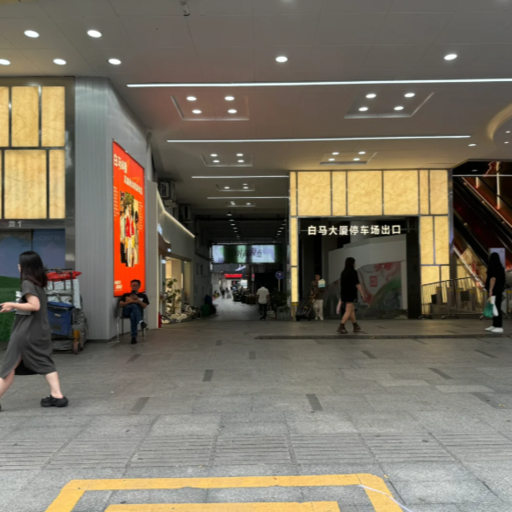
Parking Lot of Guangzhou Baima Costume Market
Exact address and surrounding neighborhood
The Guangzhou Baima Costume Market sits at No.16 Zhannan Road, Yuexiu District, directly across the south square of Guangzhou Railway Station. When you face the station, you cannot miss it. The surrounding neighborhood feels congested and multilayered. On one side, hotels and budget hostels serve traveling shoppers. On the other side, luggage shops, money exchange stalls, and small restaurants offer Cantonese rice bowls and noodle dishes. Visitors often remark that the street life outside Baima extends the market itself. It feels fast-paced, crowded, and yet full of chances to observe how locals live and trade. If you carry bulging shopping bags, you will notice logistics companies and parcel services clustering nearby. They wait to transport bulk purchases directly to ports or into warehouses.
Nearest metro station and exits
The metro is the easiest way in for most travelers. The nearest metro is Baima market and Guangzhou Railway Station (Line 2, Line 5). From Exit F, you walk 3–5 minutes and the high glass frontage of Baima will be on your right. This direction can also be easily reached by other exits like H and I, but may require navigating a busier crossing. For those new to this area, Exit F is a good bet: It’s the most straight forward and involves half as many street-level turns. Public buses also stop around the railway square, but the metro is a more reliable option, particularly during rush hours which are notorious for traffic jams.
Transport Options Comparison
| Transport Mode | Estimated Time | Cost Range (RMB) | Convenience Level | Notes |
| Metro (Line 2/5, Exit F) | 3–5 min walk after exit | 2–5 RMB | ★★★★☆ | Fastest and easiest for most travelers |
| Public Bus | 10–15 min depending on route | 2 RMB | ★★★☆☆ | Cheap but less comfortable in crowded hours |
| Taxi/Didi | 15–25 min from city center | 20–40 RMB | ★★★★☆ | Comfortable, but affected by traffic jams |
| Walking (from nearby hotels) | 5–10 min | Free | ★★★★☆ | Convenient if staying in the railway station area |
When to Visit and How to Shop Smartly
Opening hours and seasonal trends
The Guangzhou Baima Costume Market has opened daily from 8.30am to 6pm with its busiest hours from late morning when the market sees buyers, both local and overseas, thronging the corridors. Weekdays are less crowded, though weekends attract more window shoppers. Many traders agree on the optimal times to visit — shortly before large Chinese holidays like Lunar New Year or Golden Week, when new collections flood in — and as well as seasonal patterns: The summer is awash in gauzy dresses and sportswear, while the winter floors are clogged with down jackets and fake fur.
Bargaining tips & useful Chinese phrases
Although prices are relatively more fixed here than in smaller markets, bargaining is still part and parcel of the culture. 10-20% below the first price you're quoted, is a good rule also; and for massive bulk buys. A few Mandarin phrases can come in handy, like “piányi yīdiǎn” (便宜一点 / cheaper, please) or “yǒu méiyǒu qítā yánsè?” (有没有其他颜色 / do you have other colors?). Sometimes a smile and sincere interest are better sales tactics than an aggressive haggle. Visitors often remark that even a little effort in Chinese goes a long way with vendors. If you want to learn more about polite shopping gestures and Chinese etiquette to make a better impression, check out this guide on Chinese etiquette for helpful tips.
Payment methods & logistics options
Cash is still widely accepted, but most vendors now prefer mobile payments like WeChat Pay or Alipay. Credit cards are not widely accepted within the market. For customers purchasing multiple bags of clothes, on-site logistics companies are able to pack and send goods directly to local hotels, ports or even international addresses. This is particularly convenient for business buyers who require a quick turnaround.
Voices from Travelers — Reviews and Real Stories
Highlights visitors often mention
One theme is consistent when scrolling through reviews of baima market online: People can’t believe how professional the building feels compared to street-side markets. Travelers speak of escalators, well-sized fitting rooms and clean rest areas—features not typical of wholesale centers. Many buyers emphasize the range of cool designs, from Korean-style blazers to homegrown Cantonese brands that never make it to Western malls. For those in the fashion trade, the Guangzhou Baima Costume Market is often a preview of what will show up on online stores months later.
Pitfalls to be aware of
That’s not to say it’s all easy. Customers do have some gripes — Wong believes there’s little to stop the person who wants to try on a gown but will buy elsewhere online, say, from bringing that own client experience worth down. A frustration for casual purchasers is the minimum order — It is impossible at some stores purchase individual pieces. Prices are also confusing; tags might say “参考价” (reference price), but the real deal changes depending on your bargaining skills. Others lament that crowded elevators are exhausting, especially during seasonal rushes. Other travelers have made light of the fact that at Baima, (as one TripAdvisor reviewer wrote), the only challenging part is “convincing yourself” you need an item — not haggling; rather standing in line for a taxi after you leave.
A short anecdote (personal/local story)
During my first visit, I had mistakenly wandered up to the fifth floor, expecting more women’s fashion. Instead, I wound up in a corridor filled with men’s suit tailors. A shopkeeper beckoned me in, gave me a tiny cup of chrysanthemum tea and began flipping fabric swatches under the loud buzz of an overhead fluorescent light. I didn’t purchase anything, but it felt strangely personal: as if I had walked into somebody’s living room in which business and hospitality were seamlessly entwined. It’s moments like that when Baima feels less like shopping and more like snagging little slices of life in Guangzhou.
A Half-Day Itinerary Around Baima Market
- Yuexiu Park
- Chen Clan Academy
Suggested morning shopping route
Begin your day at the Guangzhou Baima Costume Market around 9 a.m., when the hallways are buzzing, but not teeming, with shoppers. Start on the lower floors – accessories and women’s fashion – before making your way upstairs to men’s wear and children’s clothing. In no rush here, you see wholesale deals and unique finds not offered anywhere else. Don’t forget to photograph the vibrant fabrics and crisp rows of displays — it’s almost like walking through a living fashion catalog. If you’re curious about other must-see attractions and how to plan a full day in the city, take a look at this Guangzhou city tour guide for inspiration.
Lunch options nearby
After a couple of hours of walking around, take lunch on the streets flanking Zhannan Road. Local specialties include Cantonese rice noodle rolls, roast goose and the signature double-skin milk dessert. Small restaurants are interspersed every few meters; most take cash and you can pay by Alipay. For those looking for a bit more peace, many of the hotels around the railway station serve up a good buffet and also welcome international guests.
Afternoon cultural stop (Chen Clan Hall / Yuexiu Park)
After lunch, stretch your legs on a short walk or subway ride to nearby cultural sites. Chen Clan Hall boasts elaborate carvings and workshops that provide a look at traditional Cantonese craftsmanship. The city’s largest green space, Yuexiu Park, offers great walking past historic statues and pagodas. This mix of shopping and culture provides a better sense of life in Guangzhou that goes beyond the bustle of the market. These things to do near baima market will keep your schedule in check so that you visit the place with more than just memories, but souvenirs as well.
FAQs about Guangzhou Baima Costume Market
Q: What is Guangzhou Baima Costume Market famous for?
The Guangzhou Baima Costume Market is renowed as one of the largest fashion wholesale markets in China. It attracts traders from across Asia for bulk orders, but tourists come for its sheer variety. From stylish street gear to wedding gowns and kids’ wear, the market epitomizes both current fashion trends and local Cantonese styles. The floor plan is admired by many who note how much easier it is to navigate through the different categories and find where they want to be, even with a crowd.
Q: What's the closest metro to Baima Market?
The nearest metro station is Jiahewanggang on Line 3. Exit C will get you halfway between market entrances, about a five-minute walk from each. Signs are in both Chinese and Pinyin, but the crowds at peak hours can be bewildering. A few visitors will elect to take a taxi or call Didi from nearby stations, especially if they have large shopping bags. This subway in vicinity to Baima Market makes travelling easy for the people and they don’t have to slug around through complex streets.
Q: Is Guangzhou good for shopping beyond Baima?
Absolutely. In Guangzhou you have a few markets, malls and niche districts. The Shangxiajiu Pedestrian Street is a good place for souvenirs, Huimei Street for tech gadgets. Lovers of fashion tend to pair their Baima visit with South China Mall or TeeMall for a variety. Local malls are generally geared towards the more casual consumer, but Baima continues to be the place for wholesale products and cutting edge designer trends.
Q: How many clothing markets are there in Guangzhou?
Guangzhou, which is home to dozens of clothing markets, has three major ones with different characteristics — the Shahe market, the Haizhu market and the Zhongda wholesale market. Baima is known for its mid- to high-end wholesale fashion, while others might be more about cheap basics or niche products. Occasionally markets don’t run all year round, shut down for renovations or move elsewhere certainly before you know it! Research local forums (we do check on forums like Tripadvisor too) to be sure you find the right places.
Q: Can tourists buy single pieces or only wholesale?
Most stalls sell in quantity, though some may have single-item purchases, especially on lower floors or small accessory stores. Prices per piece tend to be higher when not buying wholesale. You can still bargain for a single piece, but some vendors will say no with courtesy. Watching others or by saying in broken Mandarin “yī jiàn kěyǐ ma?” (一件可以吗?) helps clarify before committing.
Q: What are the opening hours of Baima Market?
Daily hours are usually 8:30 a.m. to 6 p.m., but some floors open earlier for wholesale buyers. The weekends are of course more crowded, but on the weekdays it’s a much nicer browsing experience. Holidays can alter routines, especially around Lunar New Year or National Day. A bit of forward planning will not only ensure you don’t miss a floor or section (especially the ever-popular women’s and kids’ fashion zones), but can also prevent disappointment.
Q: Is bargaining expected at Baima Costume Market?
Yes, especially on bulk orders or something that is more than one thing. Even if the prices are inflated, still quite normal to bargain for 10–20% off. Friendly, polite Mandarin expressions and showing interest in other goods can also end in you getting a better price. Some veteran visitors pass on the tip that vendors sometimes are willing to reduce prices more if you are buying from multiple sellers. It is from the Baima Market experience, where commerce meets local culture.
Q: Are credit cards accepted, or should I bring cash?
Cash still is king, but omni-present WeChat Pay and Alipay rule. Credit cards are seldom accepted, and those using international cards may encounter problems. Keep some small change for small purchases and vendors with no QR code. Many stores also assist with on-site logistics when purchasing in bulk, and mobile payments cream off shipping fees.
Q: Is Baima Market safe for solo travelers?
Generally, yes. It’s a busy market, but the area is well-policed and petty theft is rare. Try to keep personal belongings close, and particularly near elevators and stairwells. Despite the notorious tourist crowds, I would suggest to travel on a week day if you are traveling solo. Watching traffic and staying aware, the crowded Guangzhou Baima Costume Market can be navigated safely and with ease.
Q: How much time should I plan for a visit?
For a leisure visit without rushing, plan for at least 3–4 hours to see multiple floors. Wholesale buyers may stretch out over half a day or longer, but casual tourists commonly mix shopping with other area attractions. Allow for breaks, lunch (more about that below), and petty detours to other nearby areas, and it’s definitely not a rush. It’s also best to go early in the morning when there are fewer people and more opportunities to barter.
